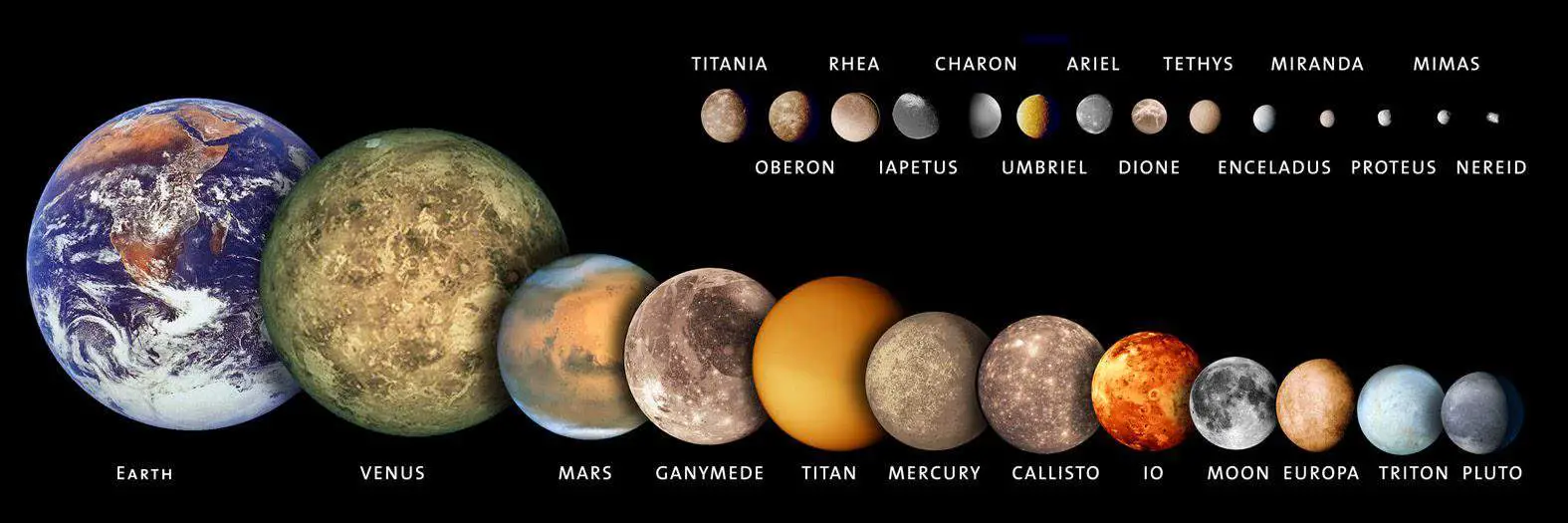Jupiter’s moon Ganymede is the largest and most massive of the Solar System’s moons. It has a mean radius of 2634.1±0.3 km (about 1636 miles, 0.413 Earths). For comparison, our Moon’s radius is 1,737.1 km (1079 mi). What if Ganymede was the Earth’s second moon? How would it look in the sky, if it was at the same distance as the Moon?

It would of course cause much higher tidal forces than the moon.
What’s more, Ganymede’s crust is very rich in water ice. If it was orbiting Earth that ice would quickly melt and turn it into an ocean moon. It would also quickly develop an atmosphere, possibly mostly water vapor but probably also with a bunch of other volatiles that was trapped in the ice. So it wouldn’t look like that photo for long, it would quickly turn into a blue and white swirly ball.
There is some speculation that Ganymede’s existing internal ocean (that may contain more water than all of Earth’s oceans combined) may already be hospitable for life, which means there might even already be native Ganymedan life. Probably just microorganisms but if human civilization survives the tidal effects of all this, it could be a scientific gem.

Ganymede
With a mean radius of 2634.1±0.3 km (about 1636 miles), Ganymede is 8% larger than the planet Mercury (2,439.7 km), although only 45% as massive. It is the largest and most massive of the Solar System’s moons.
Its mass is 10% greater than Titan’s (Saturn), 38% greater than Callisto’s (Jupiter), 66% greater than Io’s (Jupiter), and 2.02 times that of the Earth’s Moon.
It is the ninth-largest object in the Solar System and the largest without a substantial atmosphere. Astronomers using the Hubble Space Telescope found evidence of a thin oxygen atmosphere on Ganymede in 1996. The atmosphere is far too thin to support life as we know it.
Ganymede is the only moon with its own magnetic field, which causes auroras. Scientists have also found strong evidence of an underground ocean.
It orbits Jupiter at a distance of 1,070,400 kilometers (665.116 miles).
Ganymede was discovered by Galileo Galilei on January 7, 1610. The discovery, along with three other Jovian moons, was the first time a moon was discovered orbiting a planet other than Earth. The discovery of the four Galilean satellites eventually led to the understanding that planets in our solar system orbit the sun, instead of our solar system revolving around Earth.
Ganymede is named for a boy (a Trojan prince) who was made cupbearer for the ancient Greek gods by Zeus (Zeus is “Jupiter” to the Romans).

The Galilean moons are the four largest moons of Jupiter: Io, Europa, Ganymede, and Callisto. They were first seen by Galileo Galilei in January 1610 and recognized by him as satellites of Jupiter in March 1610, hence the term.
The German astronomer Simon Marius (1573-1625) probably made an independent discovery of the moons at about the same time that Galileo did, and he may have unwittingly sighted them up to a month earlier, but the priority must go to Galileo because he published his discovery first.
Completed missions to Ganymede
Several probes flying by or orbiting Jupiter have explored Ganymede more closely, including four flybys in the 1970s, and multiple passes in the 1990s to 2000s.
Pioneer 10 approached in 1973 and Pioneer 11 in 1974, and they returned information about the satellite. This included a more specific determination of physical characteristics and resolving features to 400 km (250 mi) on its surface. Pioneer 10‘s closest approach was 446,250 km.
Voyager 1 and Voyager 2 were next, passing by the moon in 1979. They refined its size, revealing it was larger than Saturn’s moon Titan, which was previously thought to have been bigger. The grooved terrain was also seen.
In 1995, the Galileo spacecraft entered orbit around Jupiter and between 1996 and 2000 made six close flybys to explore Ganymede. These flybys are denoted G1, G2, G7, G8, G28, and G29. During the closest flyby (G2), Galileo passed just 264 km from its surface. During a G1 flyby in 1996, the Ganymedian magnetic field was discovered, while the discovery of the ocean was announced in 2001.
Galileo transmitted a large number of spectral images and discovered several non-ice compounds on the surface.
The most recent close observations were made by New Horizons, which recorded topographic and compositional mapping data of Europa and Ganymede during its flyby of Jupiter in 2007 en route to Pluto.
Sources
- Ganymede on Wikipedia
- Ganymede on the NASA Solar System website
- How Many Elephants are Left in the World in 2025? - August 17, 2025
- Moon Landings: All-Time List [1966-2025] - February 2, 2025
- What Is Max-Q and Why Is It Important During Rocket Launches? - January 16, 2025

